New Zealand stands as a sanctuary of calm in our increasingly chaotic world. While millions flock to its famous landscapes featured in blockbuster films, the true magic of this island nation lies in its profound silence. Between mountain ranges and along remote coastlines, spaces exist where human noise fades completely away, replaced by nature’s subtle soundtrack.
Here is a list of 15 remarkable places in New Zealand where visitors can experience absolute stillness in its purest form.
Rakiura National Park

Journey to New Zealand’s third largest island where fewer than 400 permanent residents share space with native birds across mostly undeveloped wilderness. Stewart Island – known as Rakiura or ‘Land of Glowing Skies’ in Māori – offers darkness so complete that stars seem to multiply exponentially compared to what most people ever witness.
The absence of artificial light and noise creates silence so profound that visitors often describe feeling their heartbeats with newfound awareness.
Wharariki Beach
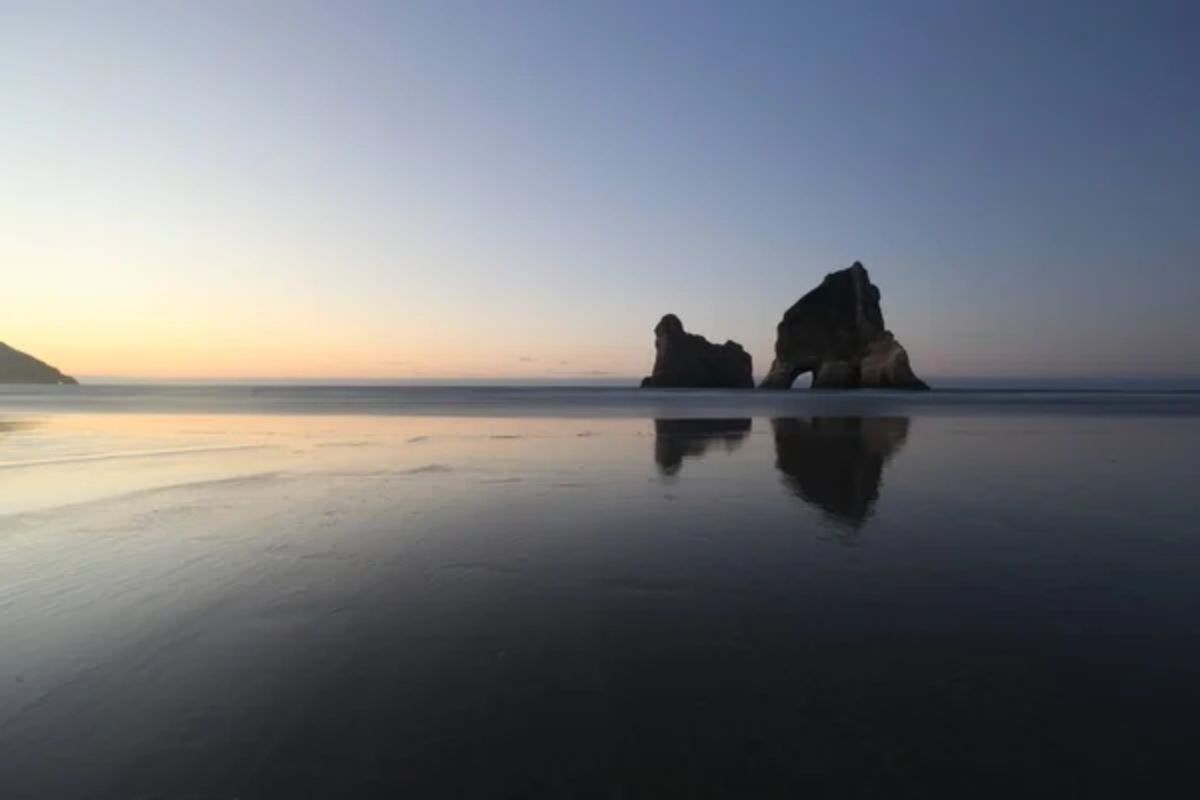
Discover this remote coastal treasure accessible only by a 20-minute walk through rolling farmland and sand dunes. Located at the northwestern tip of South Island, massive rock formations rise from golden sands while powerful winds sculpt landscapes that appear almost alien.
Between weather systems – particularly at dawn – the beach falls into remarkable stillness broken only by distant seal barks and gentle wave patterns across the wet sand.
Like Travel Pug’s content? Follow us on MSN.
Lake Rotopounamu
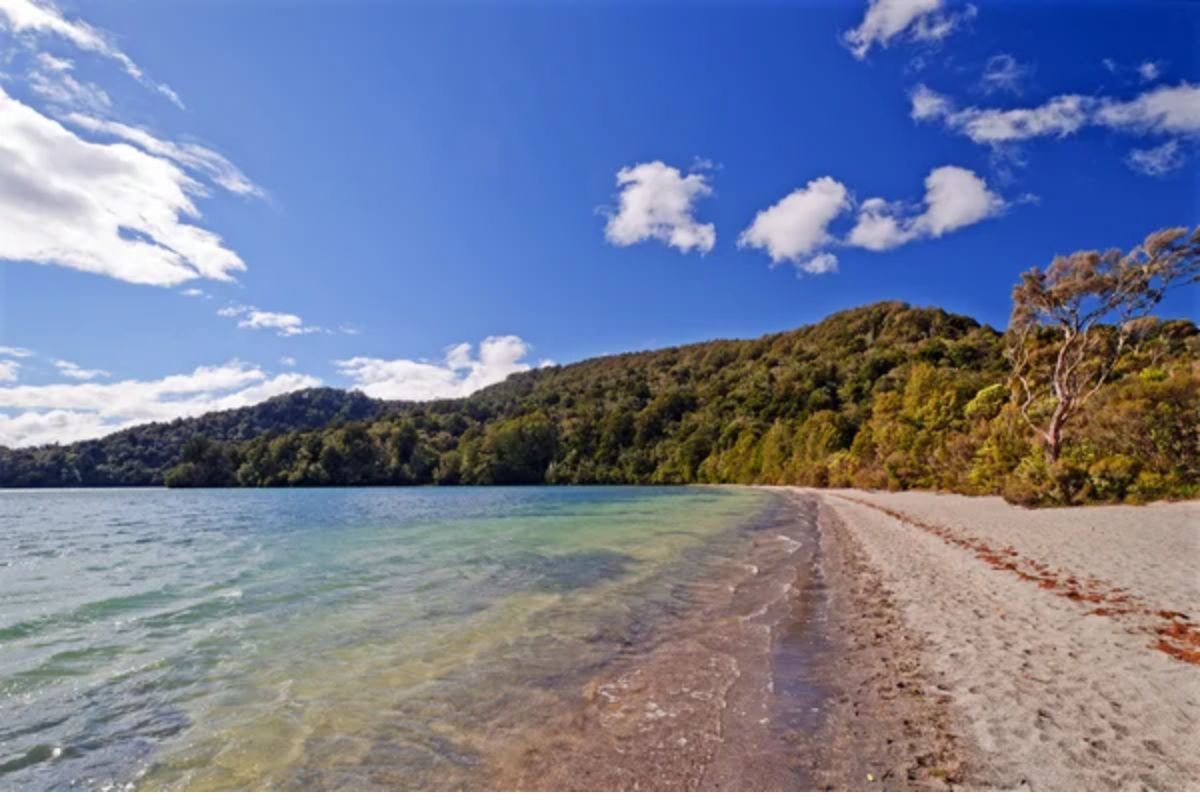
Find unexpected tranquility at this hidden crater lake – its name meaning ‘greenstone lake’ in Māori – nestled on the slopes of the ancient volcano Mount Pihanga. A perfectly circular body of water surrounded by native bush creates natural acoustics that seem to absorb sound rather than amplify it.
The walking track circumnavigating the lake takes you through podocarp forest so peaceful that birdsong feels like an occasional whisper rather than constant chorus.
Moke Lake

Escape to this horseshoe-shaped mountain lake just minutes from adventure tourism capital Queenstown yet existing in a completely different sonic universe. Sheltered by peaks on three sides, the lake surface often transforms into a perfect mirror – doubled mountains appearing so realistic that photography hardly captures the disorienting effect.
Early mornings bring fog that muffles even the slightest sounds, creating silence substantial enough to feel physically present.
Tiritiri Matangi Island
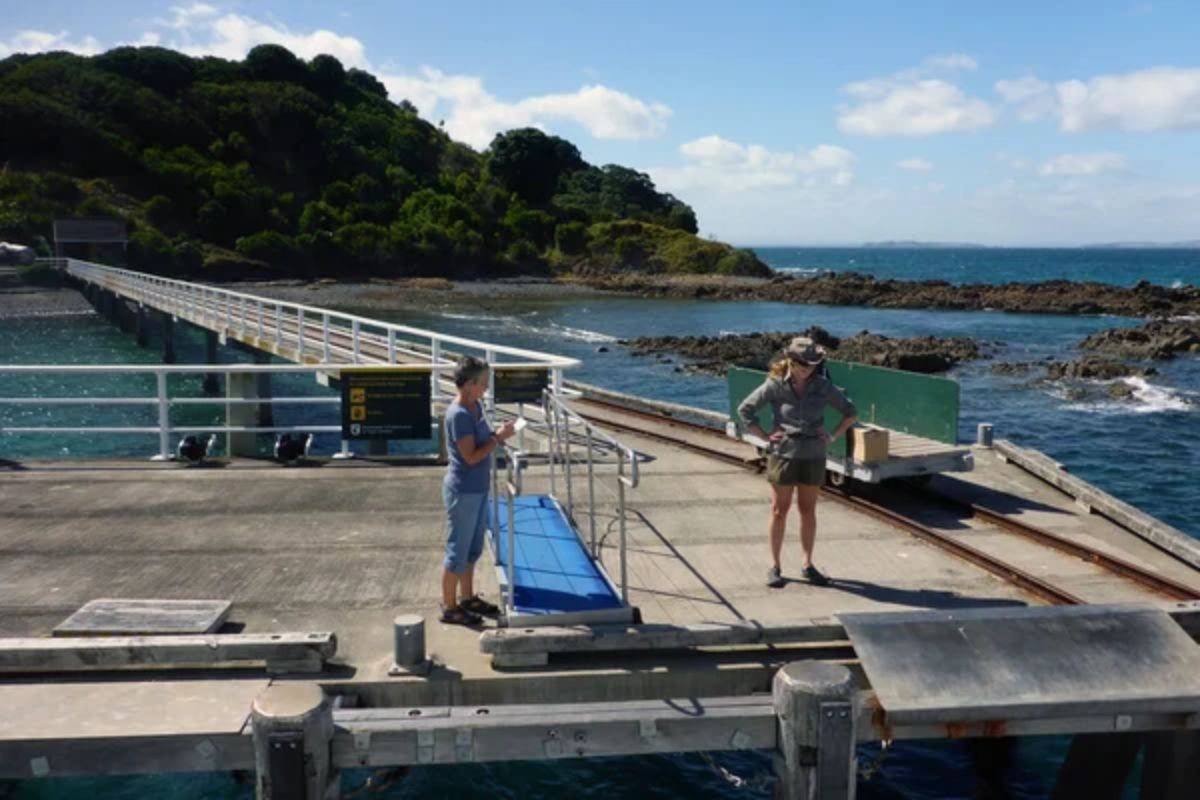
Experience bird sanctuary stillness on this predator-free island where native species flourish without introduced threats. Located in Hauraki Gulf near Auckland, the island requires advance ferry bookings – limiting daily visitors and ensuring peaceful conditions.
Between structured walking tracks, hidden benches allow silent contemplation while rare birds move through surrounding vegetation completely undisturbed by human presence.
Like Travel Pug’s content? Follow us on MSN.
Aoraki/Mount Cook National Park
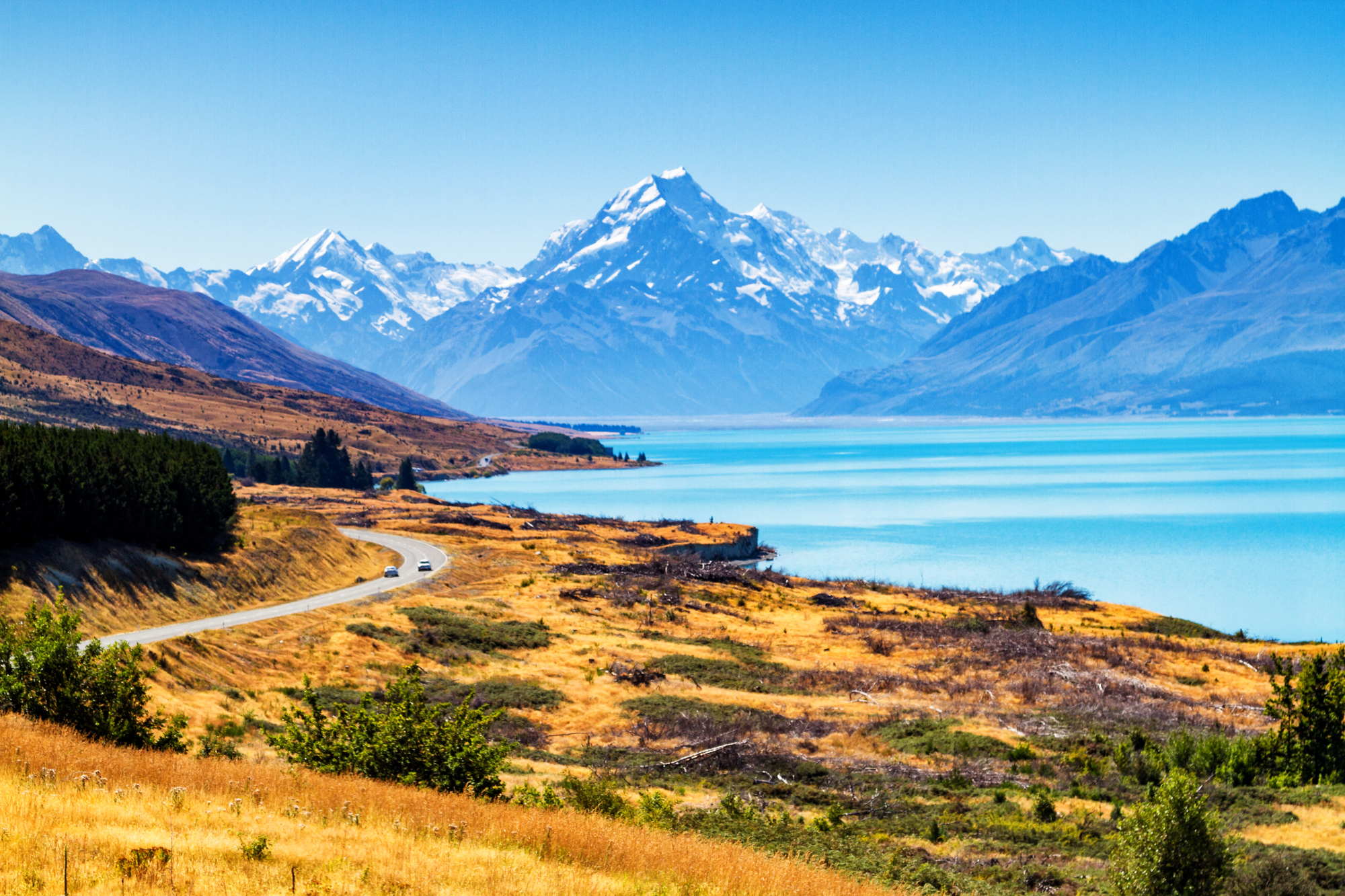
Witness absolute stillness within New Zealand’s most imposing alpine environment, where sixteen peaks exceed 10,000 feet in height. The Hooker Valley Track offers accessible immersion into mountain silence without technical climbing requirements.
At certain points, particularly early morning before daily winds begin, sound disappears so completely that many visitors report a strange pressure sensation in their ears – the physical experience of true acoustic absence.
Doubtful Sound

Venture into Fiordland’s lesser-visited sound, where rainfall measures in hundreds of inches annually, yet moments of stillness occur with breathtaking intensity. Unlike its famous neighbor, Milford Sound, Doubtful receives significantly fewer visitors due to challenging access requiring both boat and bus transfers.
Tour operators sometimes cut boat engines entirely, allowing passengers to experience moments when water becomes indistinguishable from air in perfect reflections that disorient the senses completely.
Waipoua Forest

Stand among the ancient kauri trees, including Tāne Mahuta – ‘Lord of the Forest’ – estimated between 1,250 and 2,500 years old. These massive living monuments create their own microclimate where sounds dampen naturally beneath dense canopy.
Night visits offer particularly profound silence as native owl calls occasionally pierce darkness without disturbing the underlying stillness that seems embedded within these ancient trunks themselves.
Like Travel Pug’s content? Follow us on MSN.
Gillespie Pass Circuit

Trek this challenging multi-day alpine crossing through Mount Aspiring National Park, where each day brings different expressions of mountain silence. The landscape transitions between river valleys and high alpine terrain with camping locations so remote that human-generated noise disappears entirely.
Many hikers report sleeping more deeply here than anywhere else, attributed to the absence of the subtle sonic pollution that pervades even seemingly quiet modern environments.
Castlepoint Scenic Reserve
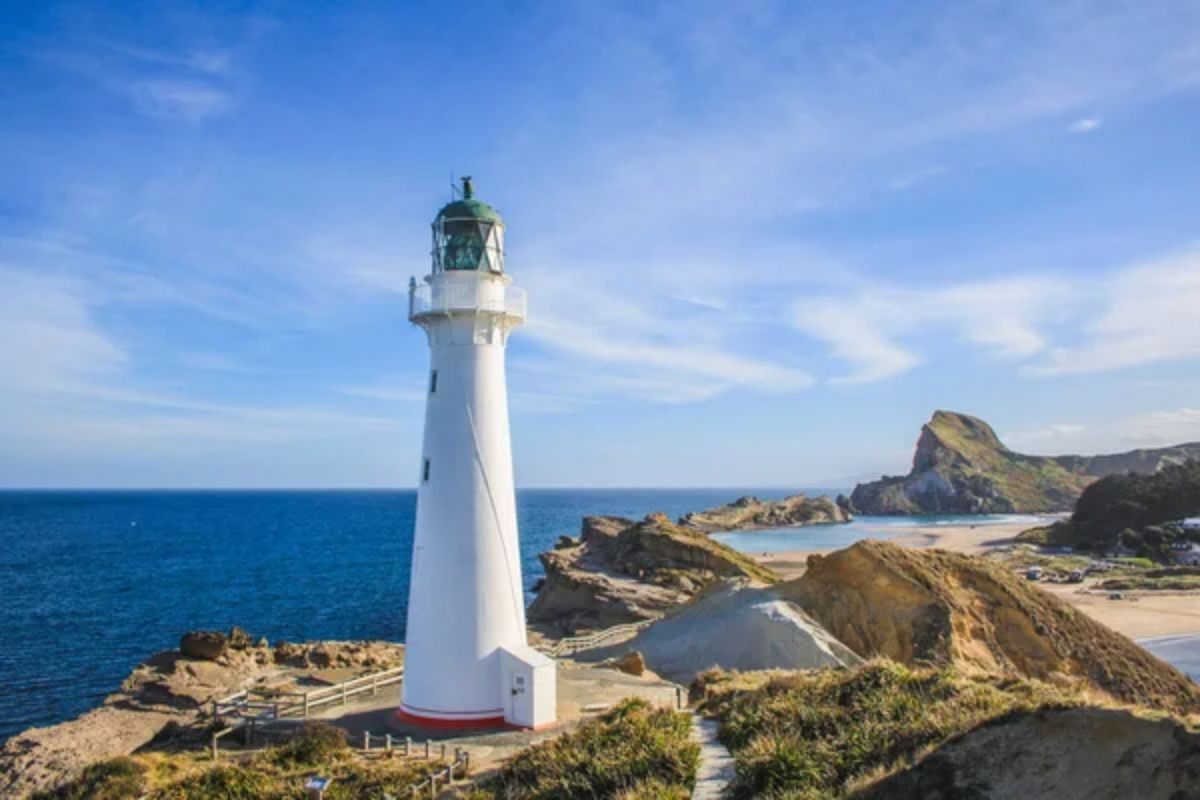
Discover this dramatic limestone reef and lagoon system on North Island’s eastern coastline, where a lighthouse stands sentinel against Tasman Sea forces. While stormy days bring spectacular wave displays, periods between weather systems create unusual stillness across sheltered lagoon waters.
Early morning visits before day-trippers arrive offer sanctuary-like conditions, where natural rhythms remain undisturbed by human presence.
The Catlins Coast
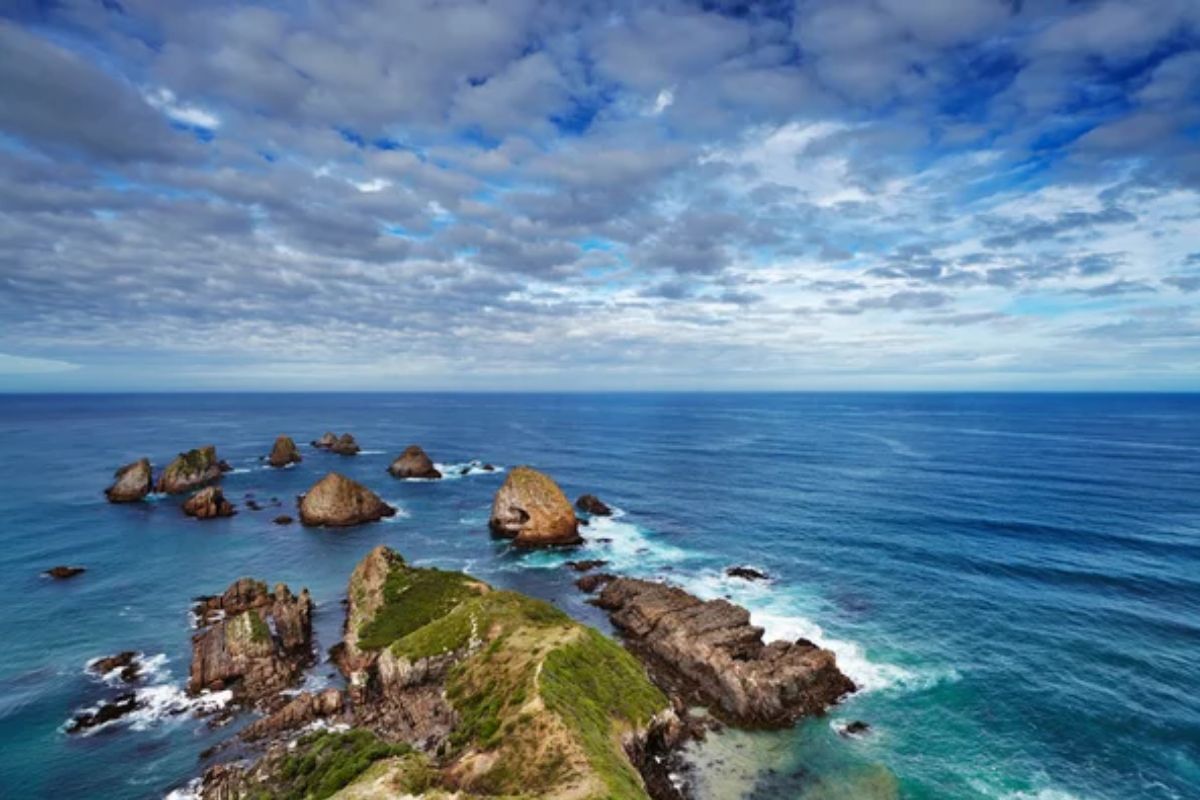
Explore this remote region between Dunedin and Invercargill where ancient forests meet the Southern Ocean along rugged, largely uninhabited coastline. Isolated beaches like Tautuku and Purakaunui remain virtually empty even during peak tourism seasons.
Early mornings bring profound stillness to forest walks leading to places like McLean Falls, where visitors occasionally experience such perfect quiet that the subtle sound of water moving through moss becomes almost startlingly clear against the background silence.
Like Travel Pug’s content? Follow us on MSN.
Tongariro Alpine Crossing
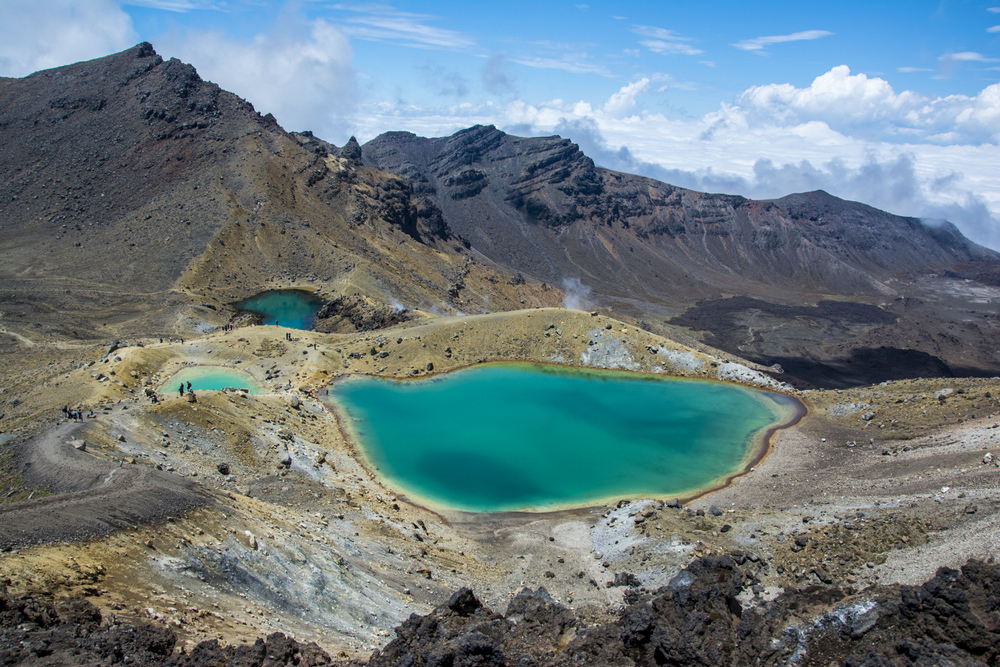
Experience dawn stillness along New Zealand’s most famous day hike before the daily procession of trekkers begins. While the crossing becomes busy during prime hours, early starters reaching the Emerald Lakes around sunrise encounter an otherworldly quiet across volcanic terrain.
The thermally active landscape occasionally contributes subtle sounds—steam releases or shifting stones—that punctuate silence rather than disturb it, creating awareness of geological time scales operating beyond human perception.
Eglinton Valley
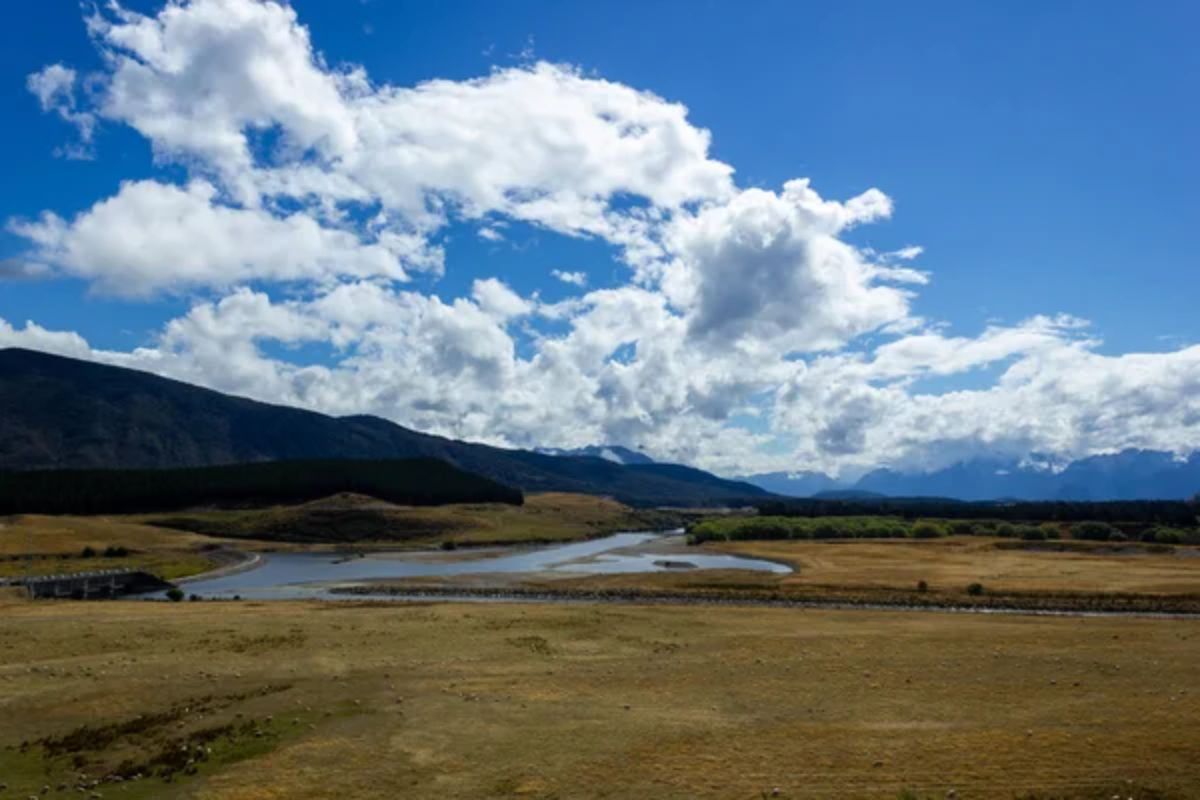
Drive through this remarkable glacial valley in Fiordland where mountains rise sharply on both sides creating natural sound barriers against the outside world. Multiple pullouts allow visitors to step into beech forests where undergrowth remains minimal, creating cathedral-like acoustics.
Morning fog frequently settles along the valley floor, further dampening sound and creating visual conditions where distance becomes difficult to gauge, enhancing the sensation of peaceful isolation.
Farewell Spit

Journey to the northernmost point of South Island where a curved sandbar stretches nearly 20 miles into the Tasman Sea. Access restrictions beyond a certain point help preserve this unique ecosystem as an internationally significant bird sanctuary.
The vast open spaces between ocean and sheltered bay create unusual acoustic conditions where sound travels differently across sand, water, and marsh systems. Dawn visits during weekdays outside tourist season offer particular tranquility across this landscape existing literally at the edge of New Zealand.
Like Travel Pug’s content? Follow us on MSN.
Okarito Lagoon

Paddle through New Zealand’s largest unmodified wetland system on the west coast of South Island where fewer than 30 permanent residents maintain a tiny settlement. Early morning kayaking allows access to waterways where rare birds feed in protected areas far from road noise.
The lagoon’s extensive network of channels creates spaces where sound boundaries form naturally between sections, allowing visitors to glide into pockets of silence seemingly separate from the surrounding world.
Finding True Silence
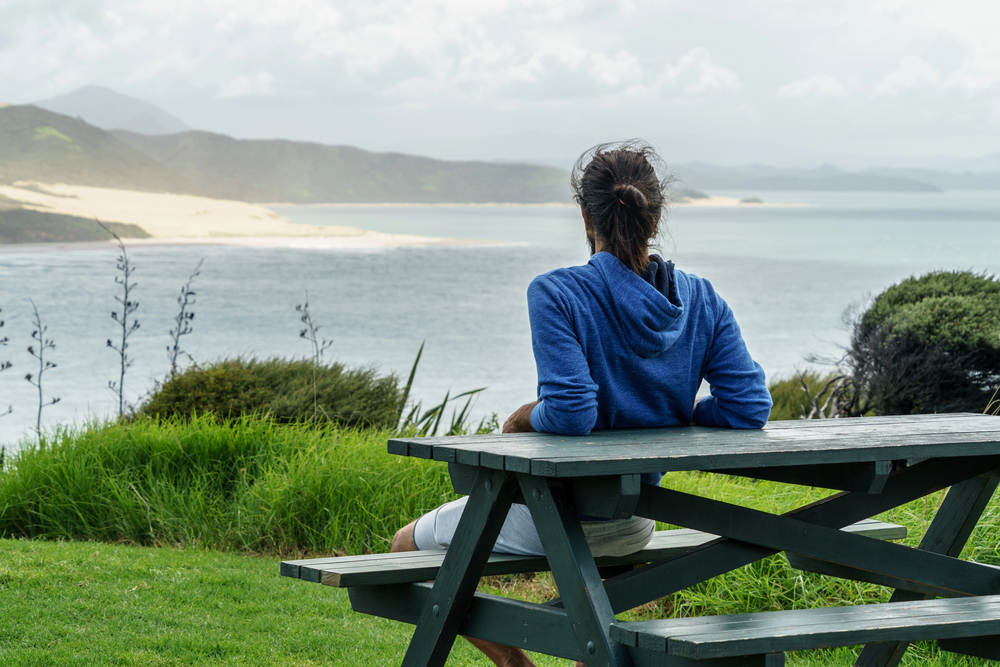
The deepest value of New Zealand’s quiet places extends beyond mere absence of noise into something progressively rare in modern existence. These locations offer opportunities to reset internal rhythms disrupted by constant digital connectivity and background sounds that most people no longer consciously register.
Visitors often report unexpected emotional responses to experiencing genuine acoustic stillness – ranging from initial discomfort to profound peace. Even brief immersion in these environments provides perspective that remains available long after returning to normal soundscapes.
New Zealand’s remarkable quiet places offer not just momentary escape but potentially transformative experiences accessible to anyone willing to venture slightly beyond conventional tourism paths.
More from Travel Pug

- Cities Growing so Fast You Won’t Recognize Them in 10 Years
- 13 Destinations Where Tourists Regularly Regret Their Trip
- 20 Obscure WWII Sites Even History Buffs Don’t Know About
- 10 Under-the-Radar Mountain Towns That Are Both Affordable and Beautiful
- Remote Villages in Europe Where You Can Live for Free in Exchange for Work
Like Travel Pug’s content? Follow us on MSN.
